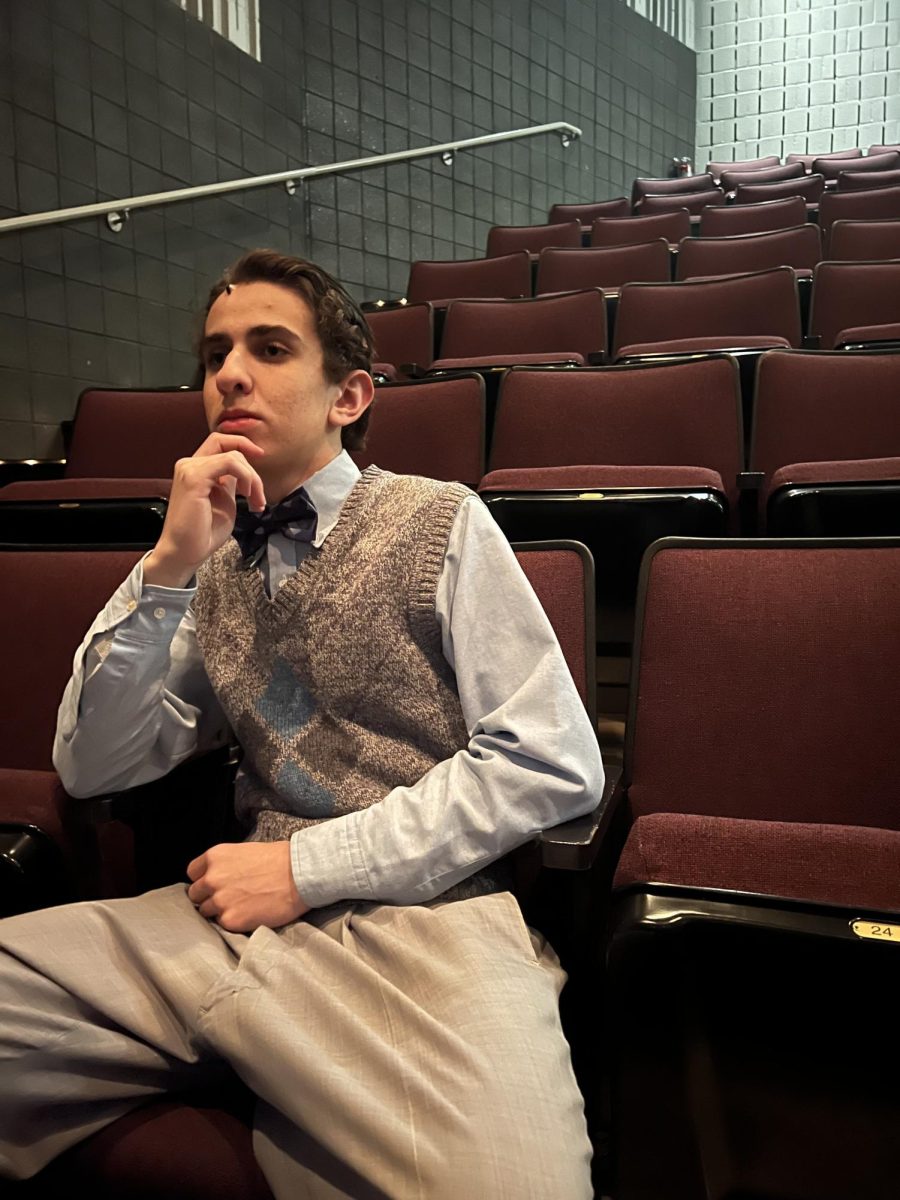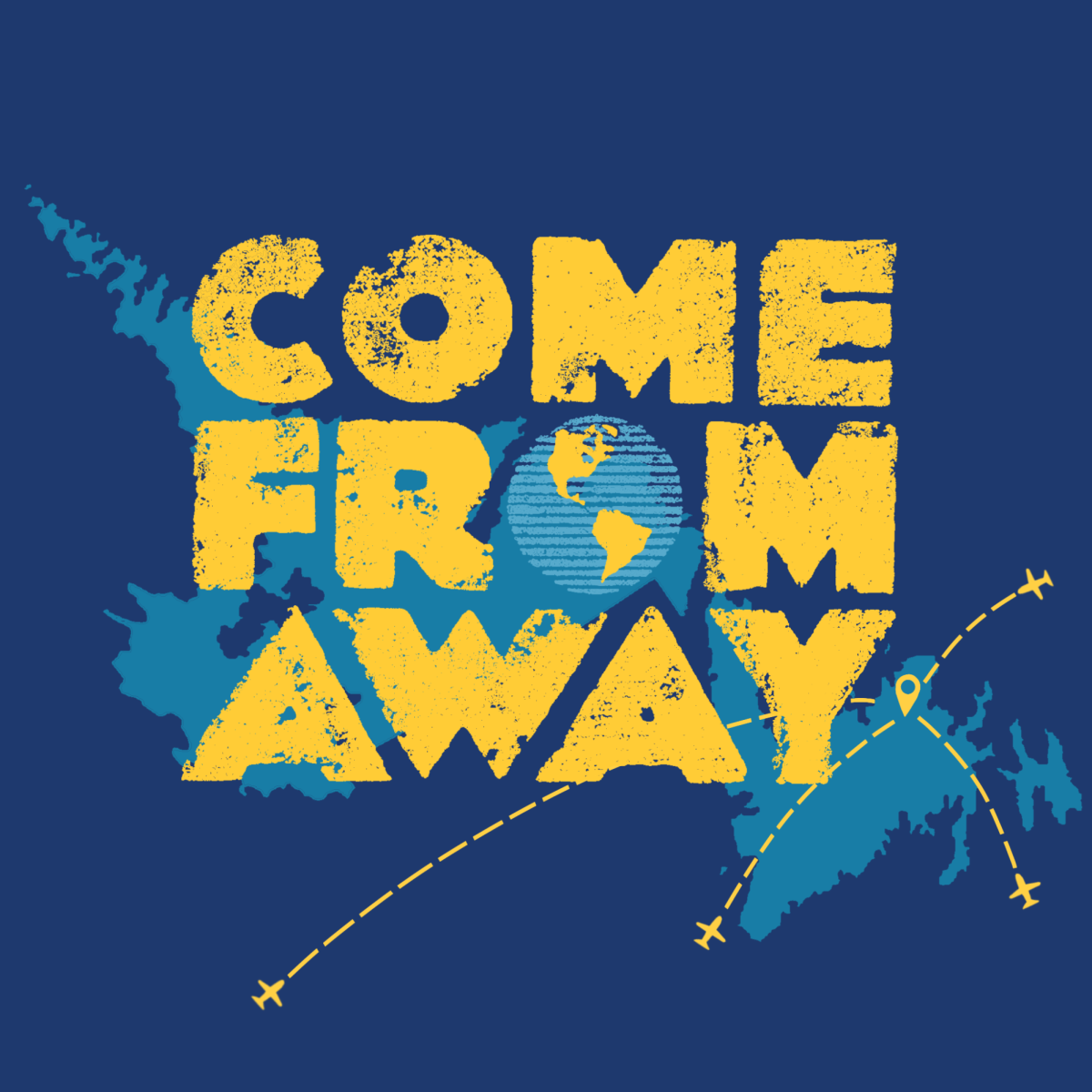Since hitting the big four-zero, something has changed in Seth Rogen. Perhaps no longer content in being Hollywood’s stereotypical stoner go-to, Seth now aims to establish himself as a filmmaker in the now seemingly long-dead New Hollywood fashion, a serious auteur. Though he tried his hand in the director’s chair a decade ago with the rather middling feature films “This Is The End” and “The Interview,” it seems now, with his new TV show “The Studio,” he is making a real effort for the first time toward achieving that dream.
First of all, “The Studio” is on Apple TV+, which seems to have made itself the most promising destination for strong-willed filmmakers with an aversion to the word “no.” Perhaps this is intended on Seth’s part, selecting a less-popular streaming service being a worthy sacrifice for creating this lukewarm labor of love, which spends most of its runtime flip-flopping between loving and hating the Hollywood culture it is born of. Having co-directed every episode with longtime creative partner Evan Goldberg, the show sets its pace fast as energetic, frantic and with a perpetual dread of inevitable roadblocks.
In a show studded with celebrities playing themselves, Seth opts not for this, instead playing Matt Remick, the newly appointed head of the fictitious Continental Studios, an old Hollywood studio with as little regard for artistry in film as possible. Matt, in contrast to apparently close to every other exec in Hollywood, claims to actually care about film as an art and consistently protests meekly whenever another bland cash grab is proposed to him. Matt’s different from the usual Seth Rogen fare: less schlubby and more imbued with introverted neuroticism. Still, Matt functions best when the casualness of Seth’s normal image is mixed with the business-casual of his new self, like a go-with-the-flow hippie was stuffed into an ill-fitting suit and forced to boss his friends around.
But “The Studio” just doesn’t seem to hit the promise it offers; if the show aims to bite at Hollywood’s worst tendencies, it is too soft to do that, and if it wants to be lighthearted fare with a screwball sense of humor, it is too preoccupied with the actual nastiness of the business to do that. Matt is meant to be the one good executive, but he follows the same toothless formula incessantly: One of his colleagues brings up a soulless cash-grab he instinctually insults, Matt brings out some festival award-winning auteur who pitches a comedically uncommercial concept, and Matt ultimately accepts he is going to make more uninspired slop. It is realistic, perhaps, but a likeable protagonist, it does not make. Simply put, the show’s better aspects cannot shine in corporate boardrooms and business luncheons.
Part of Seth’s big evolution is the change in company; his old comedy acolytes (Jonah Hill, Danny McBride and James Franco, of course) are long, with only Ike Barinholtz, his former co-star in the “Neighbors” series, returning as Sal Saperstein. Sal’s fittingly an old friend of Matt, and as cold a businessman as they come; art be damned, money trumps all. If Sal represents Matt’s pure business sense, then Quinn Hackett, portrayed by Chase Sui Wonders, manifests Matt’s desire for artistic accomplishments, being a young film school graduate. The series’ fifth episode, “The War,” shifts its focus from Matt onto the yin-and-yang pair, and is handily among the best this season, trading verbal stand-up wit for fast-paced physical comedy.
The rest of the supporting cast is a dud, though. Catherine O’Hara, as Patty Leigh, is ostensibly a main character, when she has only appeared in three episodes thus far and averages two to five minutes of screentime in each. Similarly, Kathryn Hahn plays Maya Mason, an executive obsessed with being relevant to the youth, and she also just cannot feel relevant. In general, most of the satire toward old, out of touch executives is tired and trope-laden, unable to offer anything new to the table. Moreover, it is indicative of the larger problems that plague the way the show handles its subject matter: with criticisms of the industry at-large older than anyone actually in the show.
Do not take this as “The Studio” being all bad, though. Its best episodes, the hilarious one-shot “The Oner” and the delightfully slapstick “The War,” show undeniable signs of comedic greatness, and Seth’s ability to work the camera in such a dynamic manner is impressive. But the writing still leaves much to be desired, and the show in general needs to figure out how to satire Hollywood in a more interesting manner. That being said, a blueprint for a fantastic show is still present, and I certainly hope Seth figures out how to capitalize on it in the future.









